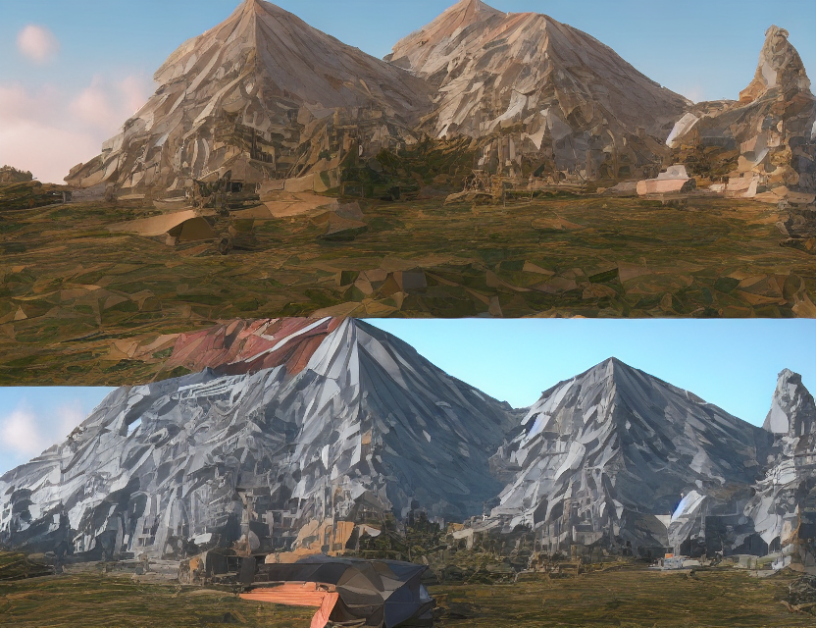In this survey, the authors discuss the use of deep learning techniques to reconstruct corrupted images, known as Image Reconstruction (IR). IR is a challenging problem in computer vision, particularly when dealing with corrupted images that have lost information during data acquisition or transmission. The authors provide an overview of recent advances in IR using deep learning methods, highlighting the advantages and limitations of each approach.
The authors begin by explaining that traditional image reconstruction techniques rely on simplifying assumptions, such as linearity or Gaussianity, which are often violated in real-world scenarios. Deep learning methods, on the other hand, can learn complex patterns in images without making any assumptions about their structure. They use a large dataset of clean and corrupted images to train these deep neural networks, allowing them to learn how to reconstruct corrupted images from scratch.
The authors then dive into the specific techniques used for IR, focusing on two main categories: feature-based methods and network-based methods. Feature-based methods extract relevant information from the corrupted image using various features, such as color or texture, while network-based methods use a neural network to learn the mapping between the corrupted and clean images.
To illustrate these techniques, the authors provide examples of how they can be applied in real-world scenarios, such as restoring damaged images from digital cameras or super-resolving low-resolution images. They also discuss the challenges associated with IR, including the need to balance accuracy and efficiency when reconstructing corrupted images.
Throughout the survey, the authors use everyday language and engaging analogies to help readers understand complex concepts. For instance, they explain that deep learning methods can be thought of as a "magic wand" that can repair damaged images by simply waving it over the corrupted area. They also compare the process of image reconstruction using deep learning to solving a complex puzzle, where the network learns to fill in the missing pieces to restore the complete image.
Overall, this survey provides a comprehensive overview of the current state-of-the-art techniques for image reconstruction using deep learning. The authors succeed in demystifying complex concepts by using relatable analogies and everyday language, making it accessible to a wide range of readers interested in computer vision and image processing.
Computer Science, Computer Vision and Pattern Recognition
Exploring Meaningful Features for Image Restoration: A Comprehensive Review



